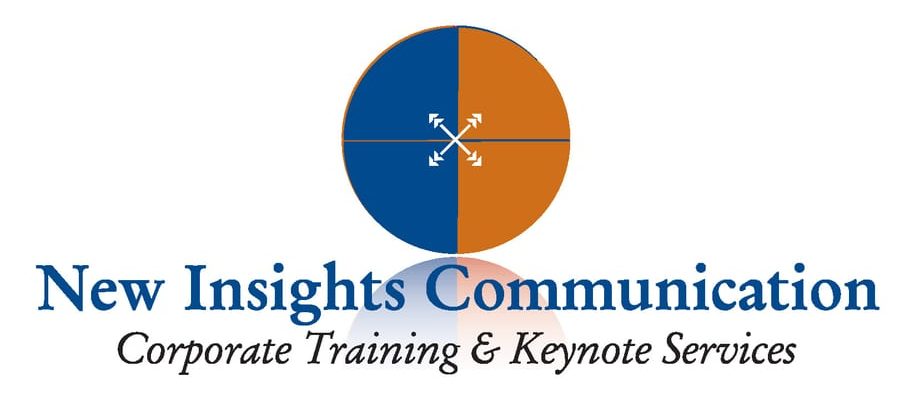Roadblocks and detours which evoke losses are caused by the stereotypes about our opposite communicator type that we harbor. In fact, we often throw the mood ball or tomato or hot potato across the room to our opposing type. What to do to prepare future leaders for building bridges of trust and respect that solve problems and seize opportunities?
LEADERS MUST KNOW THAT GOOD COMMUNICATION DOESN’T LEAVE ANYONE OUT
Improved communication skills will lead reliably to increased enthusiasm, steady performance, and profits. Could it be that simple? Yep. Leaders must walk the talk, and they must practice what they preach.
• Notice there are two communicator types
• Take each half and make a whole communicator
• Utilize the strengths of both types
• Adopt the strengths of your partner’s communicator type
• Plan to package your message by communicator type
But how to know which is your “half-a-brain” communicator type of Empathizer vs. Instigator communicator? Many of the following characteristics may be extremes but are still worth listing.
DINGS AND FINGER-WAGGING TO THE INSTIGATORS
Common negative perceptions of Instigator leaders (I-types), by their Empathizer (E-type) followers…
• Not people people
• Can be bossy
• Tends to make preventable mistakes
• Are not prudent
• Control freaks
• Know-it-alls
• Employees are more likely to shut down on I-types
• A willingness to embarrass others in the presence of others (public ridicule)
• Insensitive (to feelings)
• Abrupt
• Inflexible
• Don’t take everyone’s feelings into consideration
• Close-minded
• Forceful, direct
• Intimidating
• Unapproachable
• Short attention span; No undivided attention
Empathizers are bugged by the accusation that they are too soft and too needy for social approval.
DINGS AND ZINGERS TO THE EMPATHIZERS
We need to activate the inner strengths of our opposite types to avoid disasters. Think of the Titanic, the ship that could never sink, but did.
Perceptions of I-types warning of E-dangers…
• Soft – too emotional
• Need hugs
• Don’t get to the point – wishy-washy
• Easily influenced (devalues own leadership skills)
• Make better followers
• Are pushovers (I-types trust more someone who can think for themselves)
• Thin-skinned
• Need to show more competitive firepower
• Try to please everyone: they want to be liked/they seek approval
• So afraid to take a chance, they miss opportunities
• Conscientious to relationships; people take advantage of them
• Don’t get off the fence; are constantly waiting for approval and applause
• Overly dramatic/emotional/roller coaster moods
• Too sensitive
• Tend to be pessimistic
• Lower confidence in the outcome of things
• Long winded (full of hot air)
• Irrational/illogical (I-types devalue excessive information and find it frustrating)
• Tend to be complainers and pushovers
Instigators are miffed by the accusation of being too cold-hearted and too close-minded to corrective feedback.
KEEP ON TRUCKIN’ DOWN THE TWO-WAY COMMUNICATOR HIGHWAY
Are you dedicated to service and good communication instead of communication breakdowns? Keep on truckin’ down that two-way communicator highway!
ABOUT “TALK DOC” COMMUNICATIONS PSYCHOLOGIST DENNIS E. O’GRADY, PSY.D.
Dr. Dennis O’Grady is known as the “Talk Doc” around town. He is president of the Dayton Area Psychological Association, as well as the developer of the TALK TO ME© positive and effective communication training system. Why invest in a process that will improve your communication skills fast, in both personal and work relationships? When you use the tools and strategies detailed in Talk to Me: Communication Moves to Get Along With Anyone, you’ll find that it’s easy to keep your car in the center of Talk Highway, leaving the ditch to those communicators who shout out, “It’s my way or the highway!”
